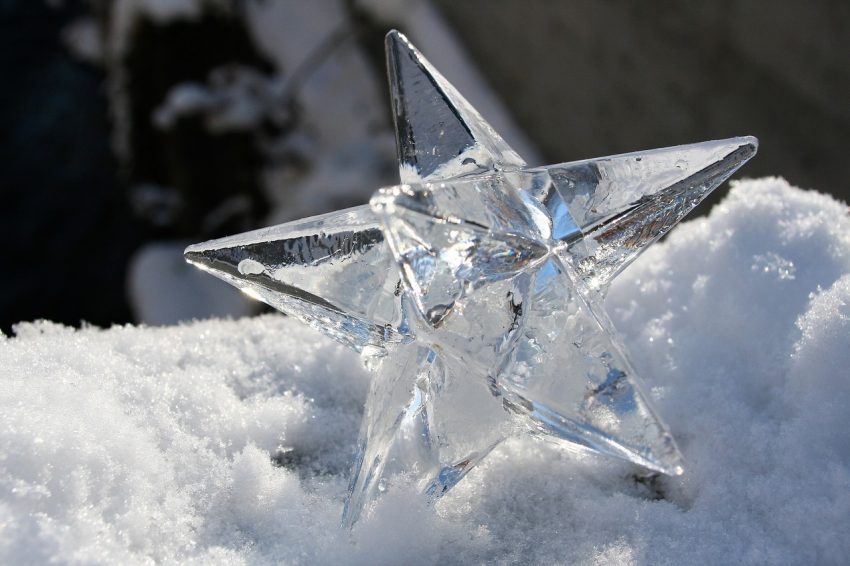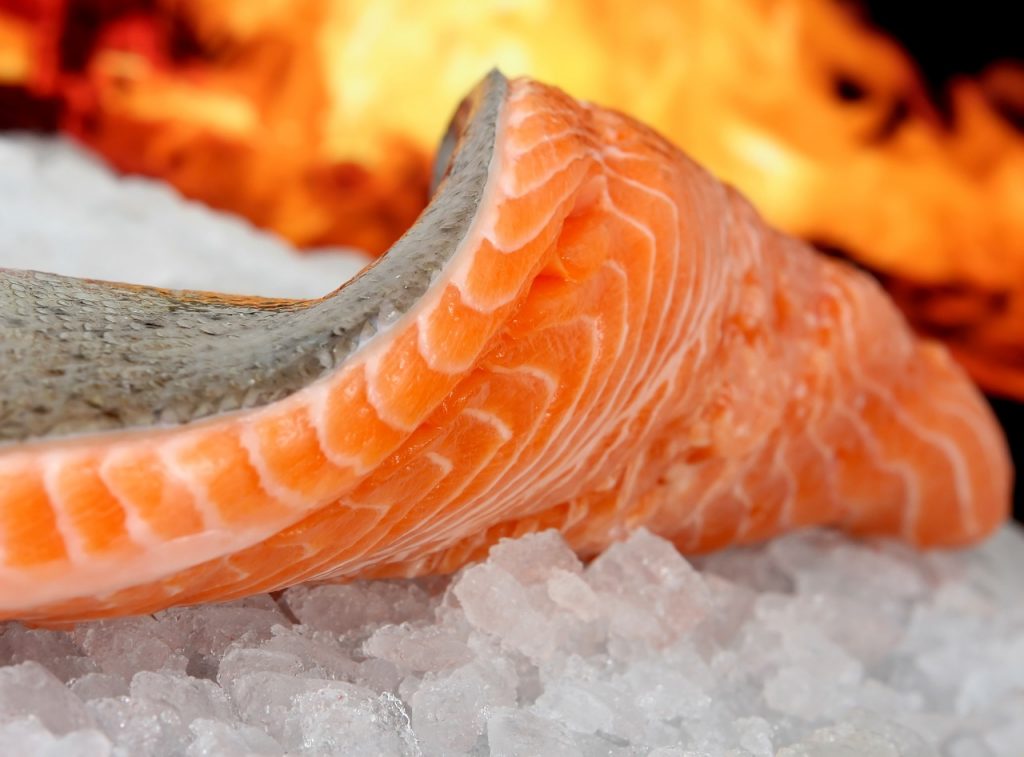
Food preservation using cold is an old practice carried out by the majority of foodservice businesses around the world. Technology has allowed the advancement of cooling systems, such as commercial freezers and fridges which are now able to seamlessly preserve large quantities of food. This makes it easier for commercial kitchen owners to run their businesses without incurring heavy losses.
It has also seen the creation of different types of refrigeration. For example, the standard storage and display fridge and freezer for commercial applications and more specialised blast chillers and freezers.
Over the years, many industries dealing with food have used blast chillers for their rapid and precise service allowing them fast and guaranteed preservation of highly perishable food. Now, blast chillers and freezers are an increasingly popular preservation option for foodservice businesses to guarantee that HACCP legislation is met.
If you run a commercial kitchen, it is in your best interest to have all your food properly chilled to not only prevent loss but also maintain the desired quality of your food and increase levels of food safety.
Understanding what blast chillers and freezers represent in terms of energy efficiency, quality of results and potential capacities in relation to standard commercial refrigeration is the first step to determining how and why they should be applied in a commercial kitchen, and why a standard fridge or freezer just can’t compete in the food safety arena.
How Blast Chillers Work
As the name suggests, blast chillers blast a stream of fast-moving cold air to your merchandise in order to cool it rapidly. The food is cooled from 70°C to 3°C or below within 90 minutes in the case of blast chillers and 70°C to -18°C or lower in 240 minutes for blast freezers. This makes it easy to rapidly bring the core temperature of hot food down through the food danger zone before storing it for later use. It also affects the amount of food you can preserve in a short period of time and allows chefs to pre-prepare menus and foods before a busy service or event to reduce serving times.
Blast chillers/freezers involve pumping a stream of cold air using blowers to cool the food. This prevents the cold air inside the unit from stagnating. Therefore, the cold air only has to cool the food and not the interior of the freezer making it ultra-efficient and capable of producing results rapidly. Additionally, modern blast chillers come with movable trays that allow you to customise the position of your food for maximum effect.
How Blast Chillers and Freezers Differ from Standard Fridges and Freezers
You can expect a number of differences between a blast freezer and the standard freezer. While standard freezing has been in the market for longer and continues to be a preferred method of preserving highly perishable food, the emergence of blast freezers has created a few differences that distinguish the two.

These differences are based on:
Quality
With standard freezing, the water inside the food, for example, meat, crystalises when frozen. These crystals inside the food are large in size. When they start to melt, they rupture the food cells thus altering the taste and texture of your thawed food. While your food won’t go bad it will not taste as natural.
A blast freezer, on the other hand, forms smaller crystals since food is frozen faster. This allows for the preservation of the food cells which, in turn, helps maintain the natural quality of the food. This not only effectively freezes tougher, denser foods but also makes it easy to preserve delicate foods such as pasta, soufflés, fish and fruit extracts.
A blast freezer is, therefore, an ideal option for kitchen owners who want to maintain a high quality for the benefit of their customers.
Volume
Standard commercial fridges and freezers are able to handle a considerable volume of food. It is possible to stack food against each other, meaning that you can fit more in.
A blast chiller, on the other hand, can only take a select amount of food. It relies on ample space in between the shelves such that the food can’t be stacked. This allows cold air to easily circulate, facilitating faster chilling and freezing of food.
Energy Consumption
The fact that it is possible to stack more food in a standard freezer leads to a rise in the internal temperature of the unit thus increasing the time taken for the food to freeze. Cold air has to freeze both the food and the interior of the freezer. More energy is, therefore, spent chilling your food.
The air inside a blast chiller is pumped using a laminar fashion behind the racks and in between the food for faster cooling action. This basically means that the cold air moves in layers. It allows the blast chiller to work faster and consume less energy.
Contamination
Standard refrigeration is much slower in operation than a blast chiller. One adverse effect of slow chilling is that micro-organisms are given the chance to grow and multiple, ultimately affecting the quality of the food.
A blast chiller, on the other hand, is ideal for storage of pre-prepared foods and even leftovers as the rapid drop in core temperature suppresses the development of micro-organisms and reduces the chances of contamination despite the initial high temperature of the food.
For more information about choosing the best blast chiller for your business take a look at our In-Depth Blast Chiller and Freezer Buying Guide, packed with top tips and useful advice to help you to run a successful and safe commercial kitchen.

Leave a Comment
Your email address will not be published. Required fields are marked *